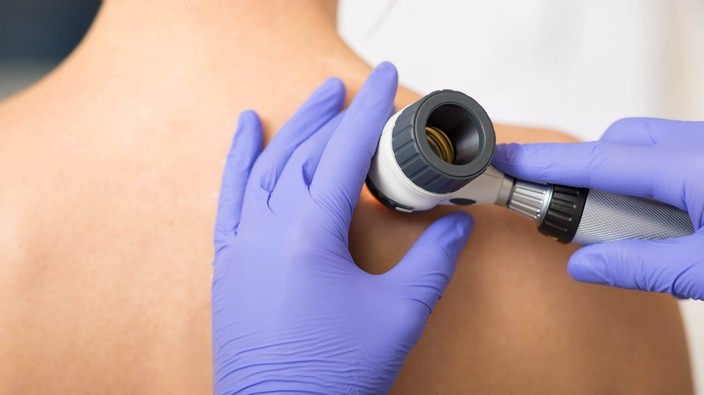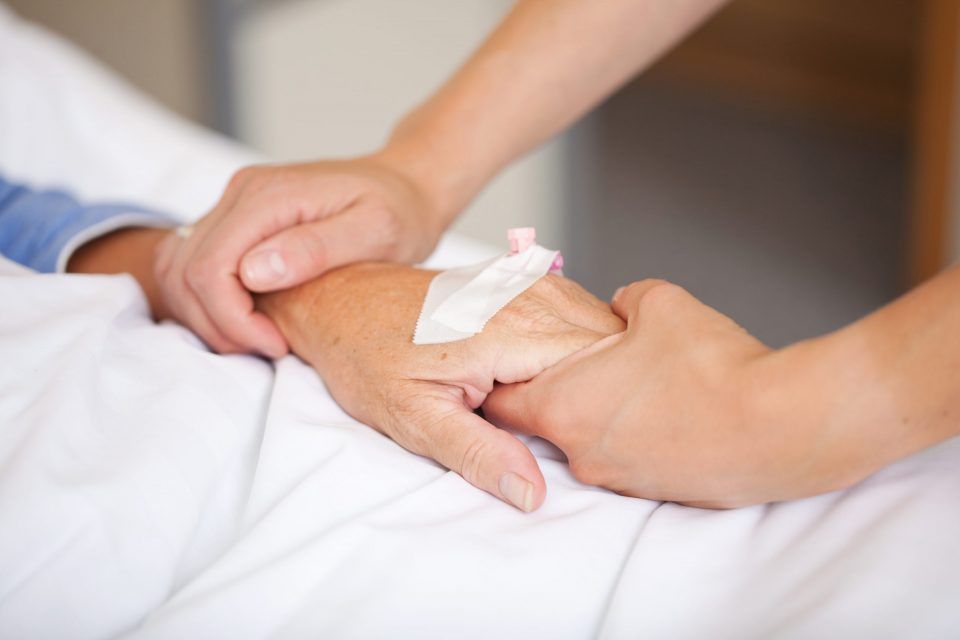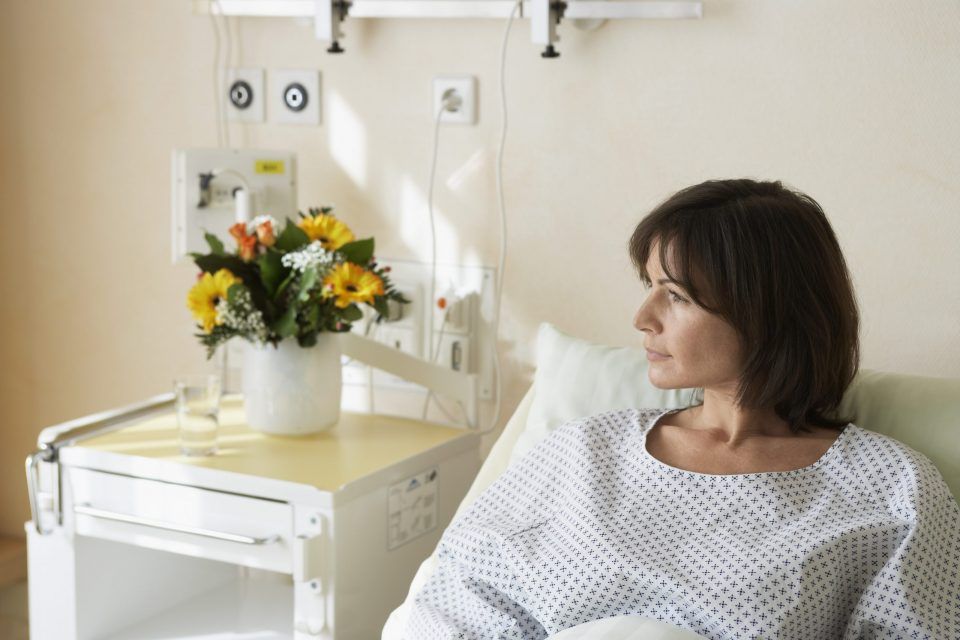melanoma staging - what do they mean?
staging is commonly used in melanoma diagnosis and trea...
jan 29, 2021
after skin cancer - now what?
after cancer during treatment, just getting through eac...
jan 29, 2021
 4 minute read
4 minute read















